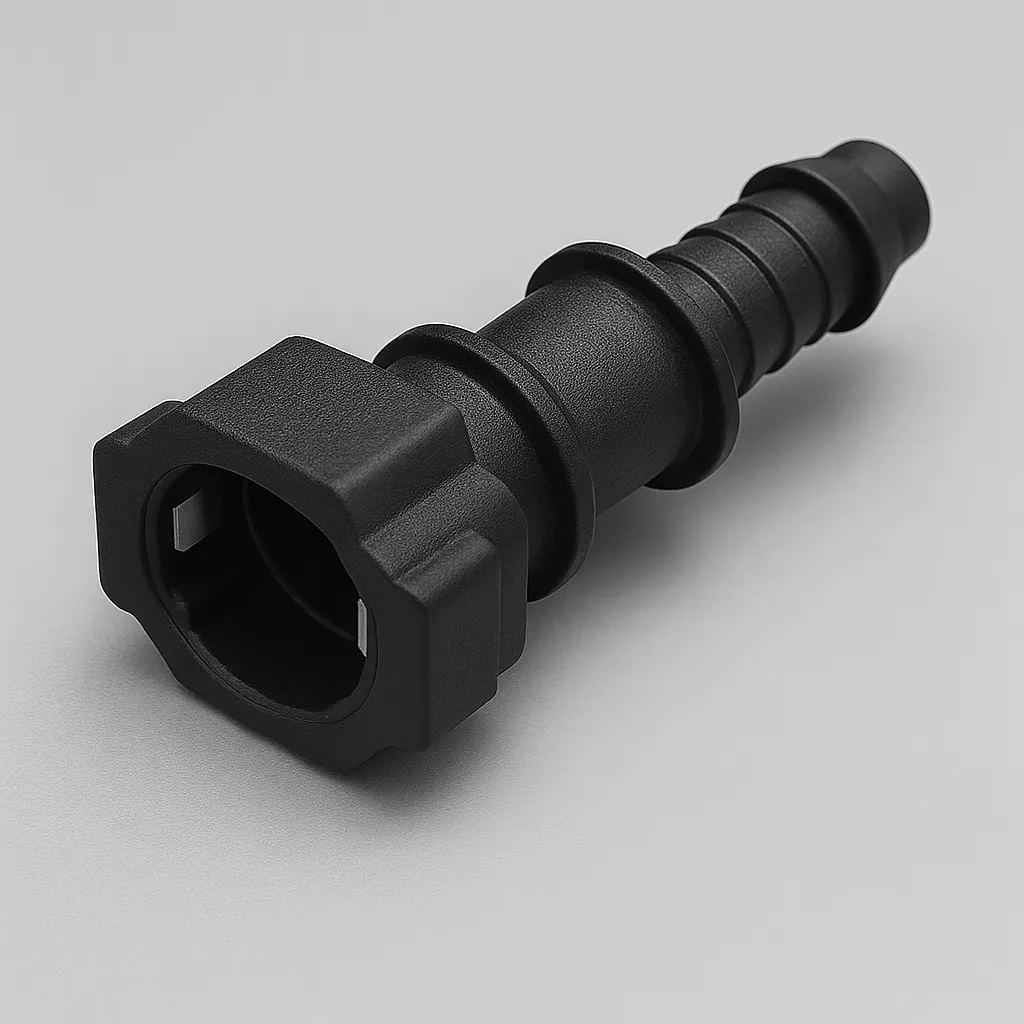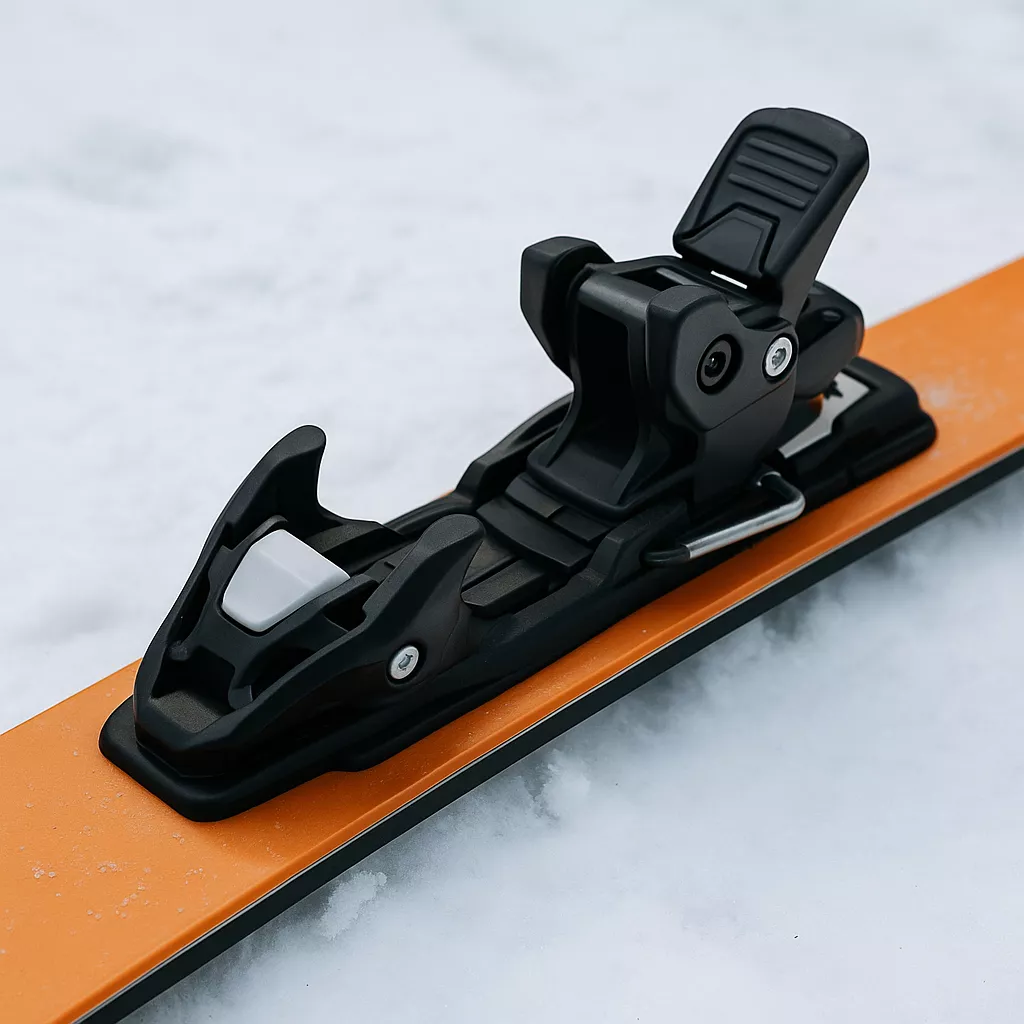LSG6
- PA12 GF30
- Colour: Natural Colour & Black
- Reinforced with 30% Glass Fiber
- Product Benefits: High dimensional stability, high impact strength, and low moisture absorption
- Certificate: RoHS, REACH
- Scroll down to download PDF version
30% Glass Fiber Reinforced Nylon 12 (PA12 GF30)
Product Overview
PA12 GF30 (30% Glass Fiber Reinforced Polyamide 12 / PA12+30 GF) is an engineering-grade thermoplastic that offers high impact resistance, low moisture absorption, and excellent dimensional stability. It is particularly well-suited for use in humid or outdoor environments. Compared to PA6, PA12 exhibits significantly lower water absorption and superior chemical resistance. PA12 GF30 is commonly used in pneumatic systems, sports equipment, and precision components that require long-term stability in demanding conditions.
For more insights on nylon materials, see our guide: PA6 vs PA12: Key Differences.
Technical Specifications
-
Base Material: Nylon 12 (PA12 / Polyamide 12)
-
Glass Fiber Content: 30%
-
Tensile Strength: 110 MPa
-
Elongation at Break: 5%
-
Notched Impact Strength (23℃): 21 kJ/m²
-
Density: 1.28 g/cm³
-
Melting Point: 185°C
-
Color Options: Natural, Black
Applications
PA12 GF30 is ideal for applications requiring low moisture absorption and high dimensional stability:
-
Automotive Industry: Fuel system connectors, oil-resistant components under the hood — offering chemical resistance and structural reliability.
-
Sports Equipment: Bicycle components, ski binding parts — ideal for outdoor environments with mechanical demands.
-
Industrial Components: Pneumatic fittings, oil & gas sealing parts — providing long-term durability and mechanical strength.
Comparison with Other GF-Reinforced Nylon Grades
| PA12 GF30 | PA12 GF40 | PA12 GF50 | PA6 GF30 | PA66 GF30 | |
| Tensile Strength | 110 MPa | 140 MPa | 166 MPa | 165 MPa | 180 MPa |
| Elongation at Break | 5% | 4% | 3.5% | 3% | 2.5% |
| Notched Impact Strength | 21 kJ/m² | 20 kJ/m² | 20 kJ/m² | 12 kJ/m² | 11 kJ/m² |
| Density | 1.28 g/cm³ | 1.38 g/cm³ | 1.47 g/cm³ | 1.38 g/cm³ | 1.41 g/cm³ |
| Moisture Absorption | Low | Low | Low | Medium to High | Medium |
If you are also comparing glass fiber reinforced nylons for metal replacement, check our article Top Plastics for Metal Replacement.
Application Examples


PA12 GF30 is an ideal material solution for components exposed to humid environments, requiring fuel resistance and high dimensional stability.
Frequently Asked Questions about PA12 GF30
- What is PA12 GF30?
PA12 GF30 is Nylon 12 reinforced with 30% glass fiber, offering higher stiffness, dimensional stability, and chemical resistance compared to unfilled PA12. Learn more about nylon customization in PA Compounds & Additives Customization. - What are the advantages of PA12 GF30 over PA6 GF30 or PA66 GF30?
PA12 GF30 absorbs less moisture, has better chemical resistance, and maintains dimensional stability in humid environments. However, PA6/PA66 GF grades provide higher tensile strength. For a full breakdown, see our comparison PA6 vs PA66. - Where is PA12 GF30 commonly used?
It is widely used in automotive fuel system connectors, pneumatic fittings, bicycle parts, and ski equipment components. More application insights: Engineering Plastics Guide. - Can PA12 GF30 replace metals?
Yes, in certain applications requiring lightweight performance, fuel/oil resistance, and durability, PA12 GF30 can replace metals. - What are the limitations of PA12 GF30?
Compared to PA66 GF30, it has lower tensile strength and heat resistance, making it less suitable for high-temperature structural parts.
| Properties | Test Method | Units | Conditions | Value |
|---|---|---|---|---|
| Density | ISO 1183 | g/cm3 | Dry | 1.28 |
| Tensile strength at break | ISO 527 (50mm/min) |
Mpa | Dry | 110 |
| Elongation at break | ISO 527 (50mm/min) |
% | Dry | 5 |
| Impact strength | ISO 180-1C Charpy,23℃ |
Kj/㎡ | Dry | 93 |
| Notched impact strength | ISO 180-1A Charpy,23℃ |
Kj/㎡ | Dry | 21 |
| Ball indentation hardness | ISO | Mpa | Dry | 80 |
| Melting point | ISO 3146C DSC | ℃ | Dry | 185 |
| Heat deflection temperature HDT/A | ISO 75 1.8MPa |
℃ | Dry | 170 |

